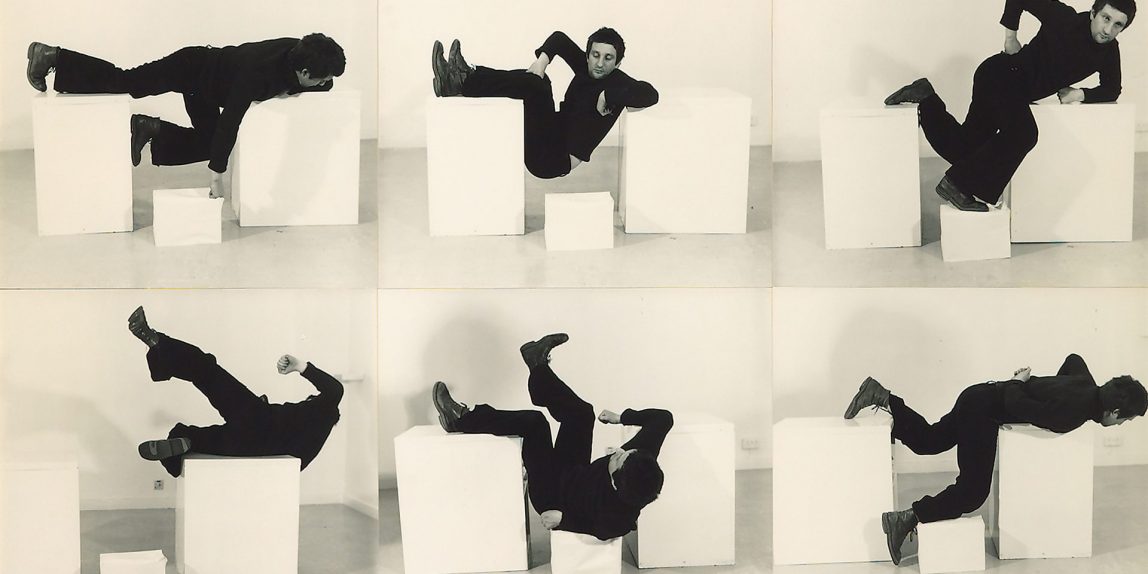But why is the future of GIF not so cloudless? To understand, let’s start with what is a GIF in general.
GIF is a Graphics Interchange Format. It is an image file format that supports transparency and uses the LZW compression algorithm. A GIF is a sequence of frames that are played back one after the other with a delay between them to create the illusion of movement. All frames are contained in one file, which stores still images and playback speed instructions.
However, this iconic format was not created for animation. At one time, thanks to the compression algorithm, it was really useful for loading large images in a short time. And yet GIF has gained popularity thanks to the support of transparency and animation. However, later came PNG, which handled transparency much better than it did. This is what made GIF the way we know it today – an animated image format. And today this format can be considered outdated and inefficient. That’s why:
GIF supports only 256 colors from the 24-bit RGB range.
By comparison, PNG and JPEG support 16.9 million colors. In general, it is possible to use more by giving each frame a palette different from the previous one. But, firstly, the size of such a file will be very large, and secondly, not all rendering programs will be able to process it properly.
In addition, GIF uses a binary channel that specifies transparency for each pixel. This means that one pixel can be either only transparent or only colored, so it is not possible to specify the degree of transparency.
Obviously, such limitations of the GIF format significantly degrade the display quality and are a significant disadvantage.
Slow connection display failure is caused by the fact that the GIF is only partially displayed on first start-up. Instead, the video immediately loads the first bytes and starts playing them while the entire video is still loading.
In addition, different browsers sometimes understand GIF playback speed instructions differently.
All this negatively affects the perception of the image.
Traffic consumption
Especially on mobile phones, where the download speed is lower, and often uses a fairly expensive mobile Internet, a page filled with GIF images may not load at all, and at the same time use a significant part of your mobile data.
